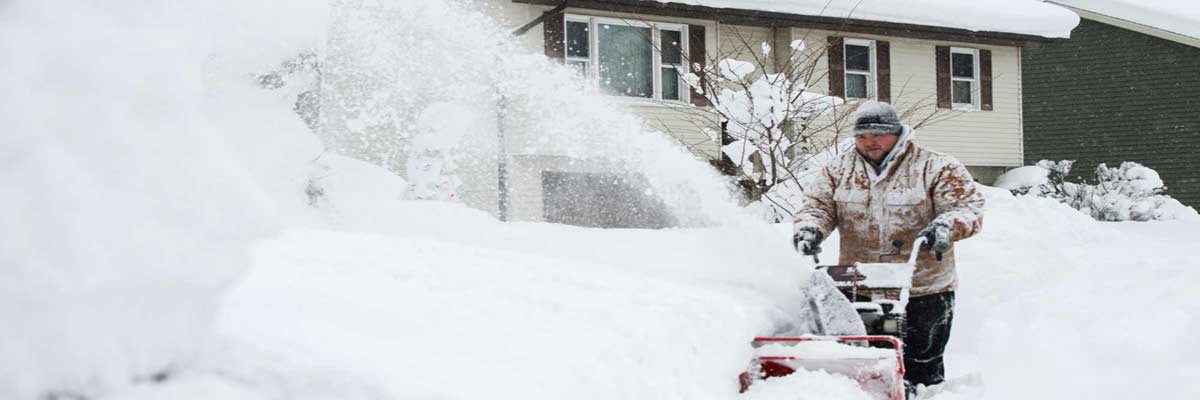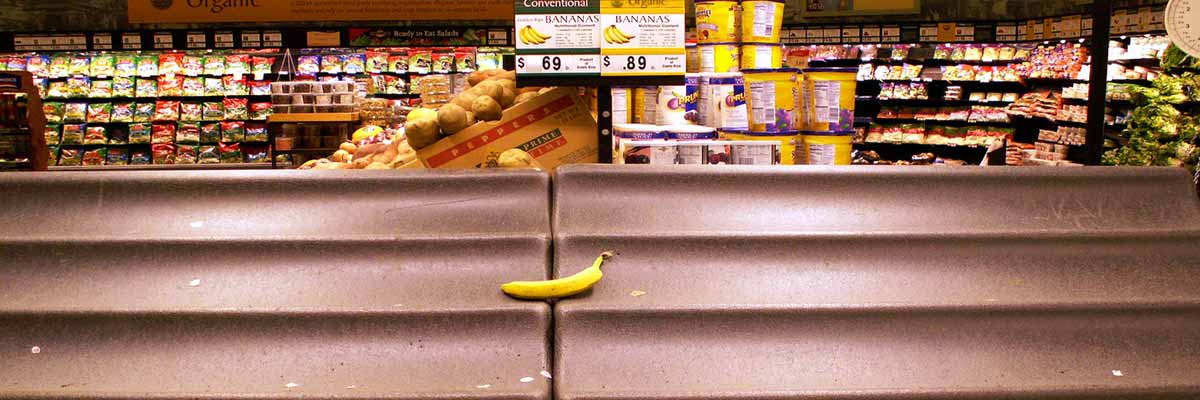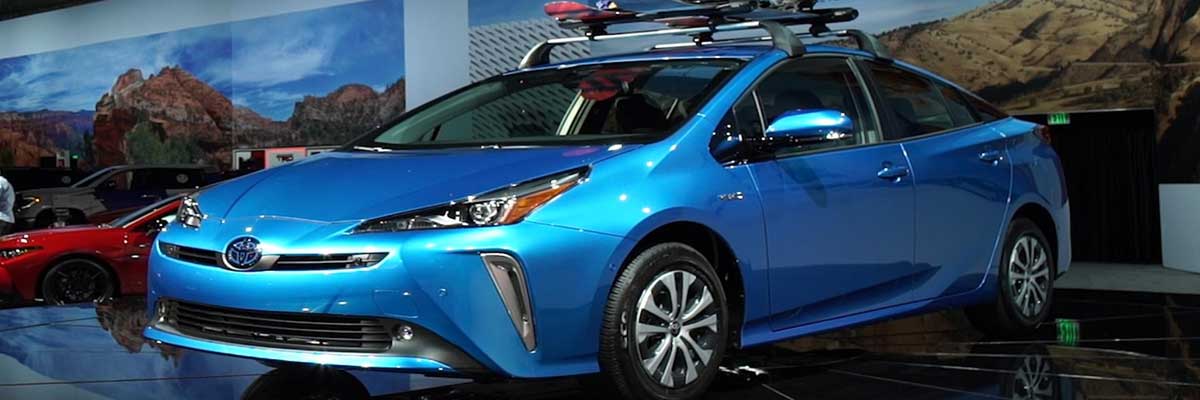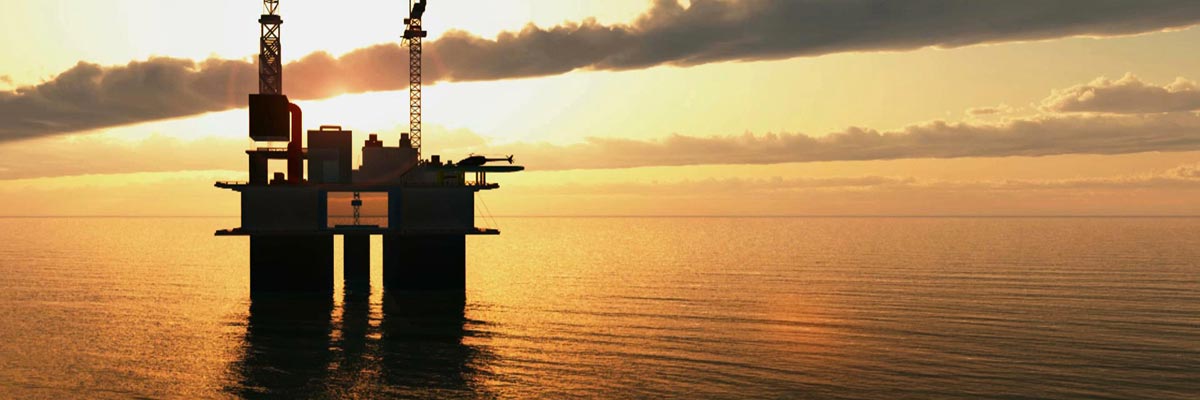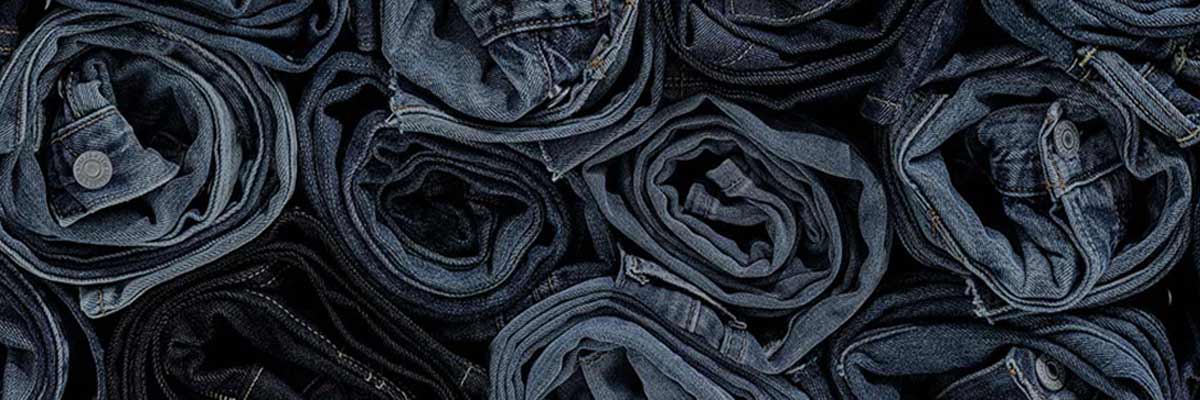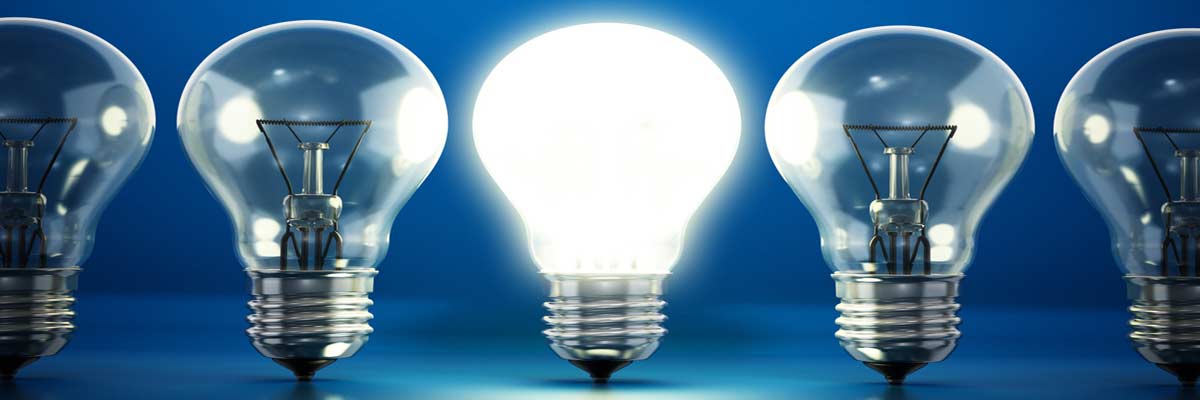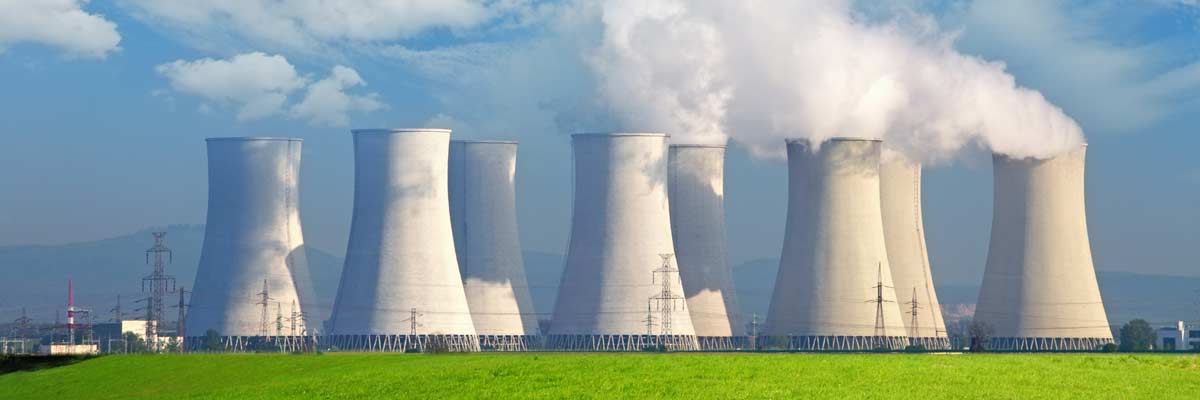Mercury Fears in CFL Bulbs Overblown?
I have noticed a meme circulating the internet over the past 2 weeks – fear of landfill contamination by an increase in the use of CFL bulbs. While there is trace amounts of mercury in CFL bulbs, and I do believe that there needs to be more public education from places that sell the bulbs to avoid them ending up in the garbage – I would like to note that the possible reduction in mercury emissions from coal fired power plants outweighs the amount used to produce the bulb, over the bulbs lifetime.
This fact sheet (warning PDF also found at wikipedia) on the subject notes that there is approximately 4.0mg of mercury in a CFL bulb, and the emissions from a coal fired plant to produce the energy to run the bulb over it’s lifetime is an additional 2.4mg of mercury. Contrast that with 10.0mg of emissions for a conventional incandescent bulbs over the same 5 year lifespan of the CFL bulb. The incandescent is still producing more gaseous mercury contamination than the CFL. Also, the mercury contained in the CFL bulb remains in a form that can be recycled.
Town Decrees Solar Panels Ugly, Family Fights Back
I always find amusing the rules that some of my friends around the country must abide by when living in community housing developments. Your grass can only be so high, children’s toys must be kept to a minimum outside, your house can only be certain shades of color, etc. etc. It’s a frightening utopia of meaningless laws and trivial worry. When I heard that the town of Scarsdale denied a family the opportunity to put up solar panels — on the basis that they were ugly and “not in keeping with the character of the community” — I immediately wanted to cry/laugh. You have got to be kidding me.
But then I thought that such reactions are probably not too uncommon. We live in a world with designer water, designer shampoo, and animal spas. People have become so accustomed to modular cookie-cutter homes with white picket-fences and weed-free sidewalks — that they’ve actually forgotten there’s a world of people out there who could care less and actually would like to live a unique existence; with character and vision for their own lives. So, when you move to a place like Scarsdale, and they deny you the ability to lead that existence based on the above criteria, what do you do? You call their bullshit and fight back. From the article,
Plant a Pollinator Garden… Please!
If you haven’t read about the rising wave of problems with crashing bee populations worldwide, get on Google and check it out. In a nutshell, bee colonies are dying off around the world, and no-one really knows why. There are several possible reasons people are talking about:
- Some suspect that increasing infestations a few types of mites might be doing it.
- Others suspect mono-cultural agricultural practices.
- Genetically-Modified Organisms are another possibility.
- Perhaps it’s due to microwaves and other electromagnetic radiation that’s omnipresent these days.
So, there are a number of possibilities for why this is happening, but it’s bad news regardless of the underlying reason. Did you know that bees are used to commercially pollinate more than $14.6 billion dollars’ worth of fruit, nut and vegetable crops every year in the US alone? Without these incredibly helpful insects, these food stuffs would be much more costly if they were available at all.
The Future of Eco-Fashion: Natalia Allen
With the job title of “Design Futurist”, it is hard to not be intrigued by New York’s Natalia Allen. In 2005 (just a year after she graduated from Parsons School of Design), Natalia founded an influential (self-titled) consultancy company, where she specializes in the emerging areas of design and marketing for global clients, such as Quiksilver, Donna Karan-LVMH, Dupont, Philips and Saks Fifth Avenue. Her creative designs and network are considered an essential catalyst between companies with a shared interest in the future of fashion. Her work has received a score of distinctions including the Calvin Klein, Nylon Magazine and Ducati Design Awards, also the coveted Designer of the Year Award, a title she shares with Marc Jacobs, Tom Ford, and Badgley Mischka.
As the tipping point of green living looms on the horizon, I had a chat with Natalia about her unique work and how technology and eco-style will factor in to the future of fashion.
How did you first become interested in fashion?
John Edwards Declares His Presidential Run Carbon Neutral
Presidential-hopeful John Edwards announced his intentions today to have a completely carbon-neutral campaign. It seems everyone and their dog (oh wait, pets can be carbon-neutral now too!) is jumping on the offsets bandwagon; but Edwards is the first of the current contenders to push it forward. From his statement,
“To achieve carbon neutrality, we’re taking two big steps. First, we’re implementing a number of simple but effective techniques to conserve energy in our national and field offices. And I’ve asked my staff to take concrete steps to reduce their own energy consumption. Conserving energy now is the single biggest thing we all can do as individuals to combat global warming.
But presidential campaigns by their nature use an enormous amount of energy for travel and operations. Which is why today I have also directed the campaign to purchase carbon offsets that support alternative energy production to neutralize the global warming impact from our travel and office energy use.”
Changing Your World – A Little at a Time (and Contest!)
Update: Throwing this back up top, last chance to get in on the contest. Winner announced this weekend.
I feel pretty good today. That’s pretty odd, considering it’s peak doldrum season here in the northeast, in a city that just received 4.1″ of snow this morning, bringing our season total to 117″ glorious inches of the white fluff. (yes, that’s my front yard one week and 8 inches of snow ago).
Why I feel good is for the following reason: I sat in on a “mission committee” meeting at my company today. At least I thought that I would just be sitting in on it, but it turned out that I had top bill as a presenter on “how we can make changes at [company x] to reduce our environmental impact”. I soon found out that I had the plenty to talk about. The 20 extemporaneous minutes flew by. I dived right in to the “low hanging fruit” in our company, and the committee and I decided on 4 goals to reduce our waste, conserve materials and energy and reduce our carbon emissions. I’ll get back to those in a minute. First, what I want to point out, is that I told a few anecdotes today, based on information that I’ve gathered reading blogs, environmental magazines and articles in newspapers, and have seen in news reports. These were things that I thought that everyone had been at least exposed to, or at least have been given a chance to ignore. Boy was I wrong. The committee members faces lit up as I rambled off a few things that they could do to reduce their energy consumption at home:
New Bill McKibben Book “Deep Economy” Hits Shelves This Month
As soon as I get my hands on this one, I’ll get up a review. Looks like it will be right up my alley, and come to think of it, most of our writers and readers alleys too!
From his website:
In my new book, Deep Economy, I’ve set out to challenge the prevailing view of our economy. For the first time in human history, “more” is no longer synonymous with “better”—indeed, for many of us, they have become almost opposites. I want us to think in new ways about the things we buy, the food we eat, the energy we use, and the money that pays for it all. Our purchases need not be at odds with the things we truly value.
The time has come to move beyond “growth” as the paramount economic ideal and begin pursuing prosperity in a more local direction, with cities, suburbs, and regions producing more of their own food, generating more of their own energy, and even creating more of their own culture and entertainment.
100 Things you can do for Peak Oil – Part 1 (1-48: Home, Garden and Clothing)
The Next 100 Things You Can Do To Get Ready For Peak Oil (And Whatever Else Comes Down the Pike)
Home:
1. If you live in a place where it gets hot in the summer, consider building a screen room (a room with screened windows all around or almost always around), either attached to your house or seperate. You can put a wood cookstove in the screenroom and use it as a summer kitchen for cooking and canning, avoiding adding heat to your house. You can also sleep in the screenroom when it is too hot to sleep inside, and reducing or eliminating the need for air conditioning. The room can double in the winter as a woodshed. If you cannot build on, freestanding screenrooms are also a possibility. For sleeping even a mesh camping pavilion or tent under the trees will be better than many houses.
2. For those in cold climates, consider a four poster bed. These were once not merely decorative – with heavy coverings for the top and the sides, they could be heated with your body heat, and provided a cozy sleeping space in an era when bedrooms were unheated. A frame can be added to many existing bedframes if you are at all handy, and curtains are easily made. You can also add wall hangings and tapestries as cheap forms of insulation to existing walls. They can be made from old blankets and cheap fabric, or can be as artful as you like.
100 Things you can do for Peak Oil – Part 2 (49-100 Community, Family, Transportation, Etc.)
The Next 100 Things You Can Do To Get Ready For Peak Oil (And Whatever Else Comes Down the Pike)
Part 2 (49-100)
(Be sure to check out Part I of this article here )
Community:
49. Invite someone new to your house once every month. Try and expand your community and circle of friends regularly. Invite people to eat with you regularly – sharing food is an important part of community building.
50. Attend zoning meetings and consider running for zoning board. Work to amend local zoning laws to allow green building, composting toilets, clotheslines, small livestock, cottage businesses, front lawn gardens and other essentials.
51. Have a large house and not a lot of people in it? Consider a roommate, or borders. This will make you more economically stable and also expand your community and local resources. If you currently rent an apartment, consider sharing housing with a roommate.
“Overpopulation is not a problem”
“…Despite many doom-and-gloom predictions, explosive growth in the world’s population isn’t something to panic about says Nicholas Eberstadt…”
So starts a WSJ opinion article from Friday February 23, 2007 discussing overpopulation and how the planet has not reached it’s limits. How all the previous naysayers regarding population expansion have been wrong. How the predictions for the future are dubious at best. “Mr. Eberstadt says the strains that Malthus and others predicted from a surge in population haven’t materialized. Instead, as population has increased so has most people’s standard of living. The world’s population quadrupled to more than six billion people during the 20th century, a time when per capita gross domestic product almost quintupled. Similarly, while a shortage of resources would be expected to drive up commodity prices, costs actually fell in the 20th century…”
The Transparent Banana?
There was something slightly obscene yet engaging about the title of this post, so I had to re-use it. Chews Wise, written by Samuel Fromartz, the author of “Organic, Inc“, has a very interesting post up about how transparency is beginning to show up in the grocery store:
Dole revealed a shape of things to come in the food market – Transparency! – by allowing customers to see where their bananas come from.
Visit its Dole Organic web site and punch in the number on your banana SKU sticker. (Not the SKU code, which is 94011 for organic bananas but a three-number code that identifies the farm.) The web site shows you where this code is located.
Baby Got Back: Toyota Drops Hints of New Prius
Toyota understand that the Prius line is in need of an update. Rumors have circulated for the better part of a year about a 100mpg plug-in monster set to “redefine the hybrid” industry.
Now, Toyota is set to release a concept car at the 2007 Geneva Auto Show next month that many believe is a precursor to the 2008 model Prius. So much interest is building, that Toyota is even releasing teaser pics like the one above. Curvy, isn’t it? Looks a bit more aerodynamic as well…
From the press release,
Crude Impact on TV
The film Crude Impact (trimmed down from 98 to 60 minutes) will be airing on LinkTV on February 9th. You can see clips from Crude Impact here and here, and you can read Transition Culture’s review of the film here.
LinkTV, a non-profit satellite channel, will also be hosting an online discussion at the same time, with James Wood (director of the film) as well as Richard Heinberg and Antonia Juhasz.
Crude Impact is airing as part of a two-part series titled The End of Oil [Part 1, Part 2].
LinkTV is on DirecTV channel 375, Dish Network channel 9410.
A Groovy Trip to Subaru’s Zero Landfill Assembly Plant
What do the Toyota Prius, the Honda Civic Hybrid and the Ford Escape all have in common? The production of these three vehicles produces millions of pounds of landfill waste each year. These three specific models are no exception. Automotive manufacturing, like any other industrial process generates lots of waste. But that’s just the way it is, par for the course, nothing anybody can do about it right? Wrong.
Several members of the Groovy Green team recently visited Subaru’s automotive manufacturing plant in Lafayette, Indiana. For nearly three years now this plant has produce zero landfill waste. That’s right, 100% of the by products produced from fabricating Subaru vehicles in Lafayette are reclaimed. How has Subaru been able to achieve such a dramatic accomplishment while other car manufactures are still taking trips to the landfill? At its core their strategy is simple and straightforward; Reduce, Reuse, Recycle. With those words as a mantra and with a willingness to challenge the notion that building cars is inevitably a wasteful process, Subaru has become a great example of what a company can realize if it believes in doing the right thing.
Eco Fashion Q&A: Who’s Got Green Jeans?
After a week of being sick with a nasty sinus cold, I’m happy to be back on my green fashion beat. This week’s question comes from Chris: How about some choices for blue jeans? Fair Trade – Organic?
Well, we have stumbled upon my favorite subject: denim. I’m one of those folks that can’t have too many pairs of jeans. Of course, these days, I do not buy any denim that isn’t eco-friendly, whether it be made of sustainable materials, fair trade/sweatshop free, or vintage.
When it comes to “green” denim choices, there are more than just a few! Researching companies for this post, I easily complied a list of over 30 brands; some just for men and others are ladies’ only. So, without furthur ado, here is that list:
California Lawmaker Plans to Ban Incandescent Bulbs by 2012
This would be huge. I get a little “down” some times thinking that the environmental writers and blogs are just preaching to the choir. Then, once in a while something like this comes along and makes me believe that the memes that are kicked around in the blogosphere do make it to the public consciousness and yes, even to law makers.
Reuters: (via Drudge, who as of today has many GW articles linked)
Governor Spitzer Proposes “Bigger, Better Bottle Bill” As Part of Budget
This is the 25th year that New York has had a 5 cent deposit on all soda cans and bottles. According to NYPIRG this means over 5 million tons of recycleable glass, plastic and aluminum has been kept out of our state’s landfills. Our current rate for recycling deposit containers is at 80%, 70% through bottle redemption and 10% through curbside pickup. This is an impressive rate that has rid streets, parks and lots of refuse, and saved energy and reduced landfill.
It has been hard to ignore the explosion in popularity of sports drinks, iced tea and bottled water over the past decade. These bottles are currently exempt from the 5 cent deposit in NY state, although they are accepted in curbside recycling pickup. Despite the availability of blue bin recycling, only 20% of non-deposit containers are recycled. You can see it in airports, workplaces and schools, plastic water bottles fill trash cans – and head straight to the landfill. Not valuable to those searching for redeemable containers, they remain as litter on the side of the road and in the street.
Iceberg The Size Of London Coming For Ships, Your Children, This Summer
Like something out of a Michael Bay movie (written and directed), Scientists are ringing the warning bells of danger over an imposing mass of ice set to wreak havoc on shipping lanes this summer. The two-million-ton, 25-square-mile block of ice is part of the Ayles ice shelf and was recently spotted using NASA satellites. While it is a docile beast this “winter” season, come summer, it will slowly start to drift as pack ice melts away. This is bad news for oil rigs and large commercial ships. Imagine seeing an island come towards you the size of London….
From the article, “The ice could move several hundred miles over the summer, taking it closer to busy shipping routes for oil and gas. “If it ever came on a collision course with an oil rig, it is unlikely that we would be able to do much to stop it,” said Dr Copland. “Maybe you would have to consider aerial bombardment to break it up, or use lots of tugs to try and move it, but it would be a lot of ice to move.”
US Answer To Global Warming: Giant Space Mirrors and Balloons
 I think George has been watching a little too much TV lately. Was there a James Bond marathon on that I failed to catch? In a massive three-year study by the UN on climate change, to be release this coming Friday, the U.S. appeals for the world’s scientists to develop technology to block sunlight as a last-ditch way to halt global warming. I kid you not. Stop laughing.
I think George has been watching a little too much TV lately. Was there a James Bond marathon on that I failed to catch? In a massive three-year study by the UN on climate change, to be release this coming Friday, the U.S. appeals for the world’s scientists to develop technology to block sunlight as a last-ditch way to halt global warming. I kid you not. Stop laughing.
The report is being prepared by the the Intergovernmental Panel on Climate Change (IPCC), and “will underpin international negotiations to devise a new emissions treaty to succeed Kyoto, the first phase of which expires in 2012. World governments were given a draft of the report last year and invited to comment.”
Power Play: MSNBC Gives You The 411 On Nuclear Energy
If you haven’t noticed, there’s a bit of a renaissance happening in the nuclear power plant industry. A decade ago, no one — not even government officials — mentioned the technology. Now, with the Bush Administration in power the last six years, environmental concerns over coal burning plants, and an influx of investment, the topic is back and hotter than ever.
This week, MSNBC.com has a fascinating five-part article, called Power Play, on the return of nuclear energy into the social consciousness. Of course, it’s not like it ever truly went anywhere. After all, 20% of the energy flowing through the U.S. comes from nuclear energy. What is interesting, however, is how the industry — once considered unsafe and expensive — has turned around their image and now has as many as 31 new nuclear reactors on the drawing board for U.S. soil.
The article chronicles the money, the technology, and the criticism of the industry. Obviously, for the all the wonderful emission-free electricity generated by nuclear power, there’s tons of radioactive waste (close to 47,000 metric tons!) and the threat (although lessened in modern plants) of a disaster on scale with Chernobyl. There are plans to bury that waste at the Yucca Mountain facility in Nevada, but such fixes are more than 10 years away and may never happen at all. So, we have all this waste to still contend with.





